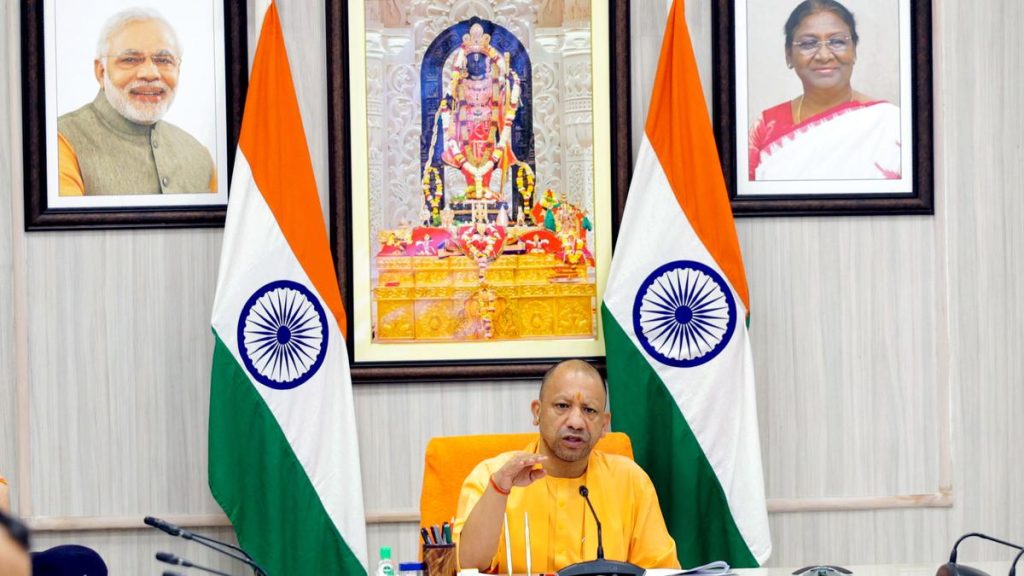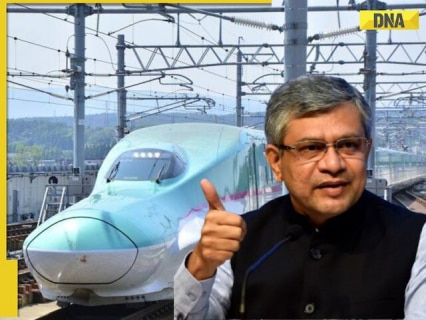Now Reading: Scientists Explore Glass-Like Organs as Future of Transplants
-
01
Scientists Explore Glass-Like Organs as Future of Transplants
Scientists Explore Glass-Like Organs as Future of Transplants

Fast Summary
- Organ Transplant Challenges: Over 103,000 Americans await organ transplants as of May 2025, with preservation time being a notable barrier limiting availability.
- Cryopreservation Approach: Current preservation methods limit organs to less than 48 hours. Cryopreservation using vitrification (glass-like state) could allow long-term storage adn improve donor-recipient matching.
- Texas A&M Study: Researchers introduced vitrification solutions capable of reducing cracking in larger organs by optimizing glass transition temperatures in water-replacing solutions during freezing.
- Progress Made: Past experiments successfully transplanted cryopreserved rat kidneys. Continued progress targets compatibility across physical chemistry, biology, and engineering principles for human organs.
- Broader Applications: Vitrification technology could expand into biodiversity conservation, pharmaceutical cold chains, food preservation, and potentially entire organism storage.
Indian Opinion Analysis
The promising advancements in cryopreservation led by institutions like Texas A&M represent essential innovation for medical sciences worldwide. While this is a global issue centered on organ shortages and logistics challenges at present, the implications of these breakthroughs extend to India where healthcare systems face similar limitations concerning organ donation accessibility.
If such technology reaches maturity and implementation stage globally-India might benefit significantly by adopting it early for its growing transplant needs amid limited organ availability rates domestically

























